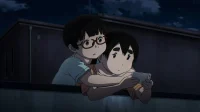Dead Dead Demon’s Dededede Destruction emerged as one of the most notable anime releases of 2024, based on Inio Asano’s critically acclaimed manga series. Initially presented as a two-part film, it was later transformed into an 18-episode streaming series. This captivating story, which deftly intertwines themes of alien invasions with the trials of adolescence, made a significant impact upon its release. However, just under a year later, the series seems to have faded from the limelight, overshadowed by the popularity of Dandadan, a series that similarly explores teenage sci-fi and supernatural themes but with a distinctly more chaotic vibe.
Nevertheless, there’s a compelling reason to revisit Dead Dead Demon’s Dededede Destruction, particularly when considering its unexpected thematic parallels to a beloved classic: Doraemon, the iconic time-traveling robot cat conceived by the renowned Fujiko F. Fujio. While these two narratives might initially appear disparate—one steeped in whimsical humor and the other in a darker exploration of adolescent fears—there are profound connections that merit further exploration.
Teen Life and Sci-Fi Dread
Doraemon: The Blueprint for Sci-Fi and Youth
First introduced to audiences in 2014 in Big Comic Spirits, Dead Dead Demon’s Dededede Destruction paints a portrait of Tokyo, a city cloaked in the ominous shadow of a colossal, immobile alien spacecraft. The narrative pivots around the experiences of high school girls Kadode and Ontan as they navigate the mundane elements of teenage life amid a backdrop of creeping disaster. The series masterfully fuses slice-of-life elements with political undertones and social critique, garnering acclaim in Japan for its intricate illustrations and subversive approach to the science fiction genre. Underlying its somber themes is an echo of Japan’s storied sci-fi tradition, one that can be traced back to Doraemon.
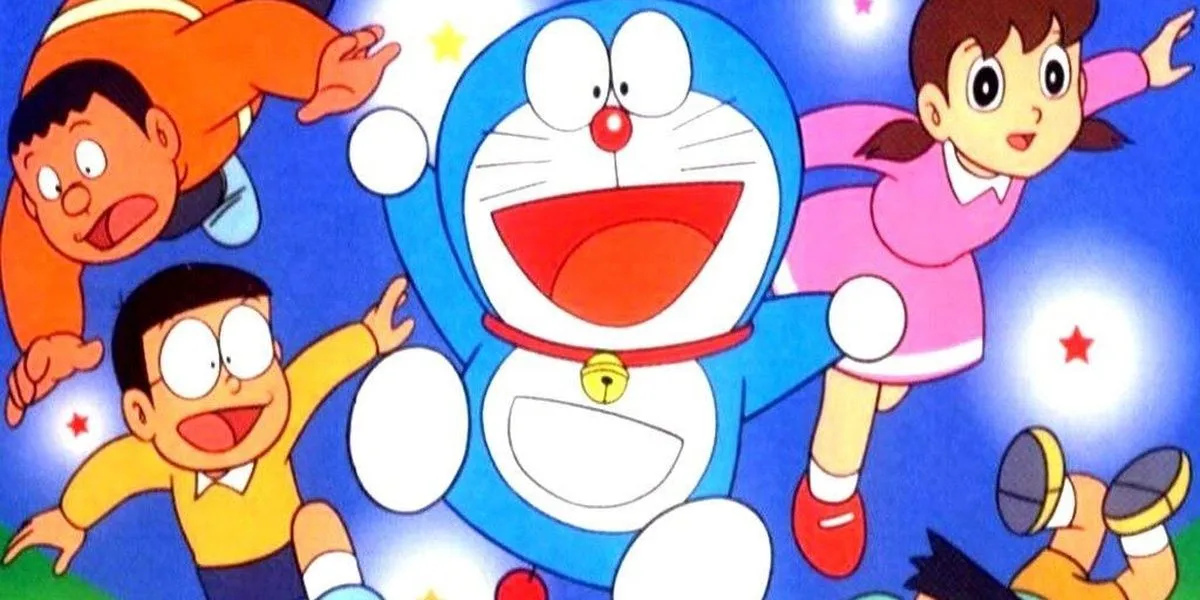
Since its debut in 1969, Doraemon has captivated generations with its tale of Nobita, a young boy, and his futuristic feline companion. The duo employs unique gadgets to solve everyday challenges, showcasing both creativity and humor. The series’ charm transcends mere entertainment, as it thoughtfully reflects the challenges of growing up. Over the decades, Doraemon has evolved into a significant cultural touchstone that has shaped how Japanese narratives envision the future through youthful eyes.
Dead Dead Demon Offers A Hidden Tribute In Name and Theme
Sci-Fi Worth a Second Look
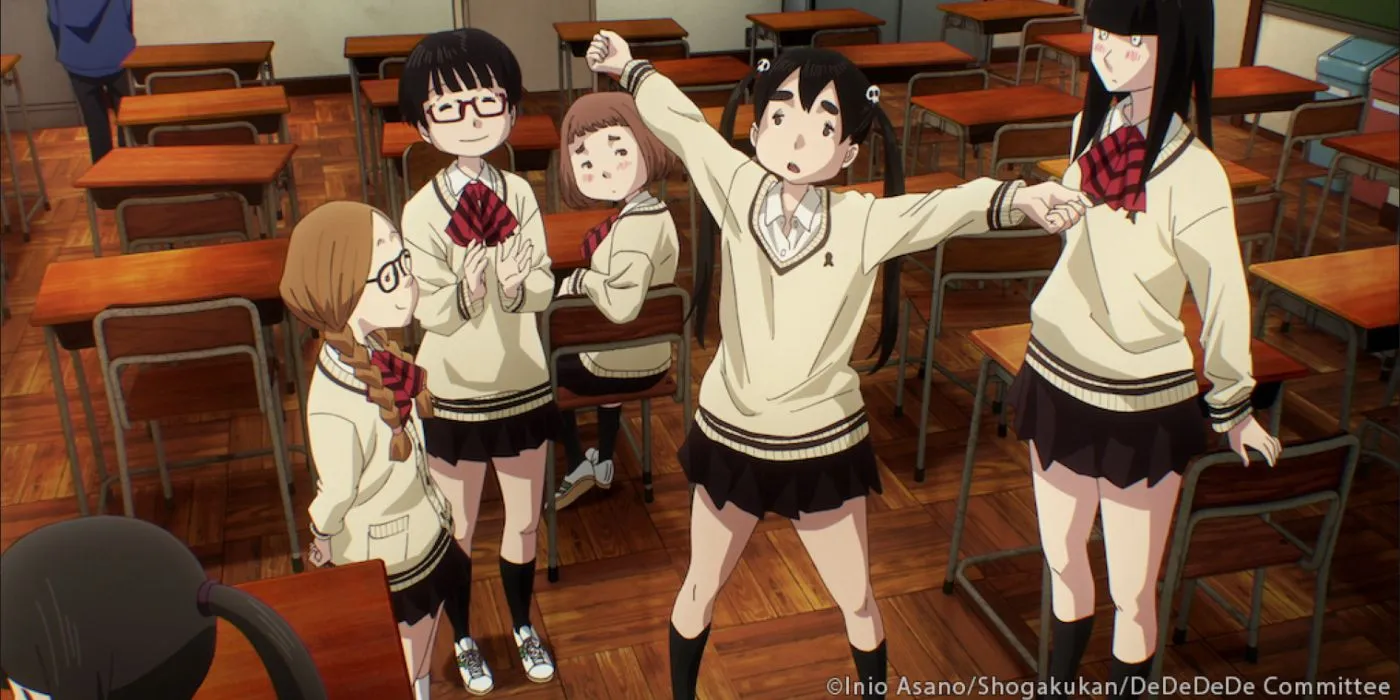
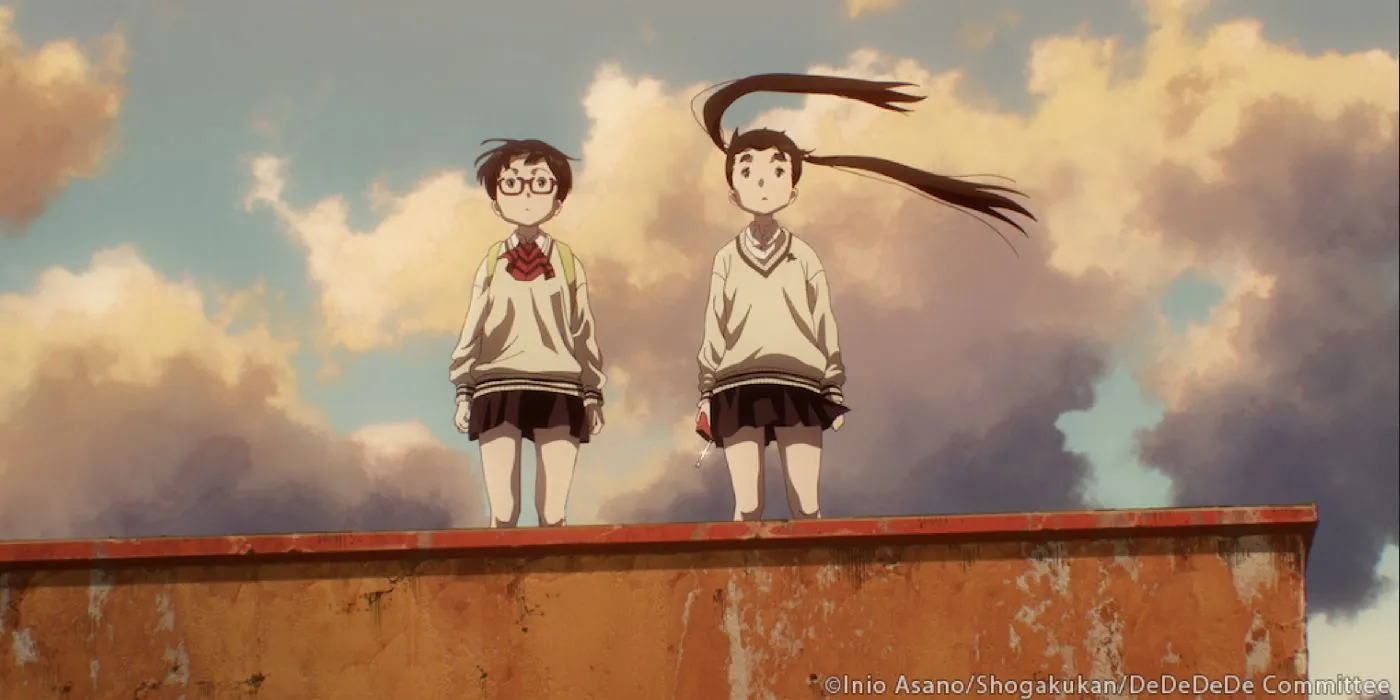
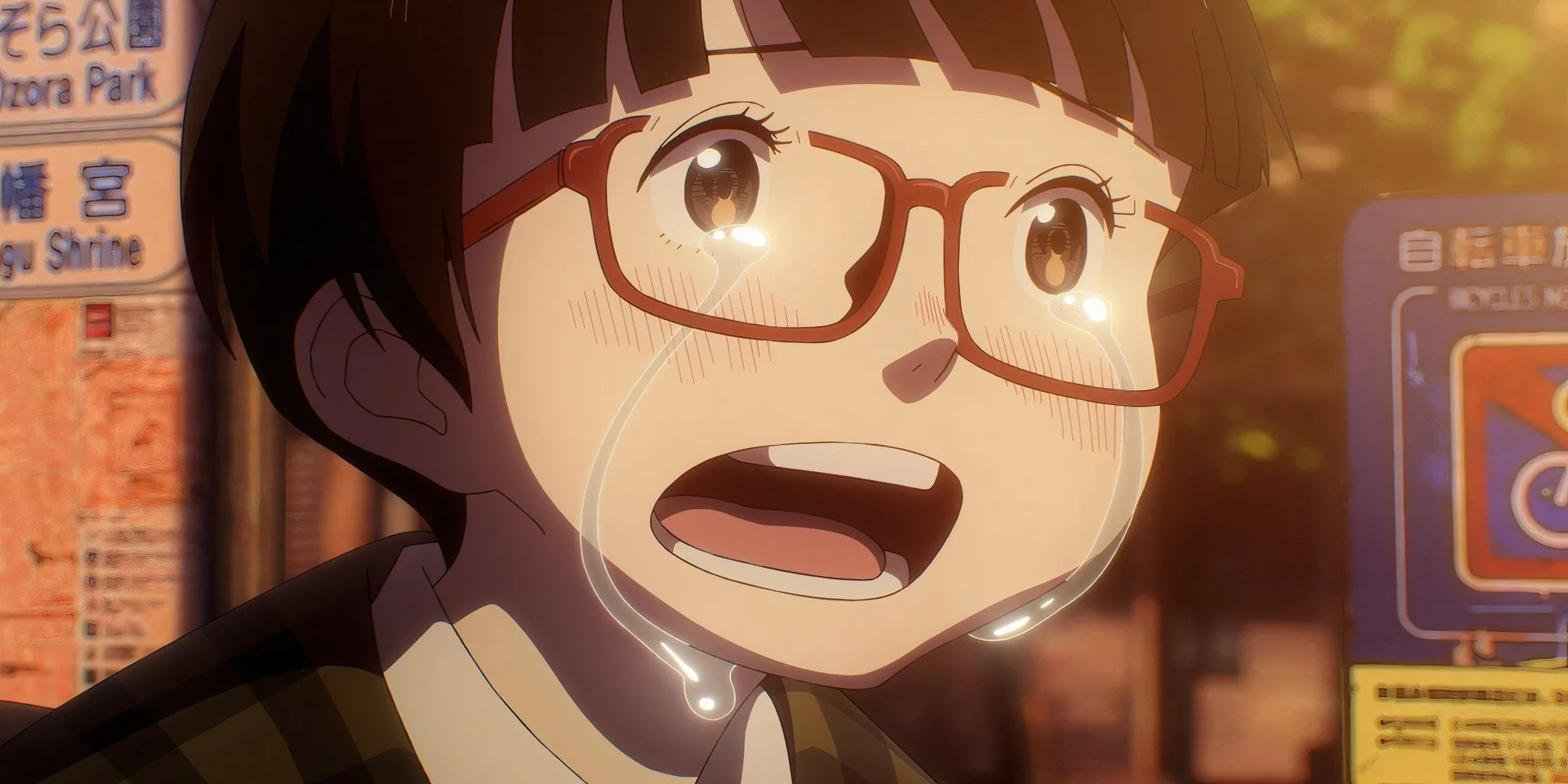
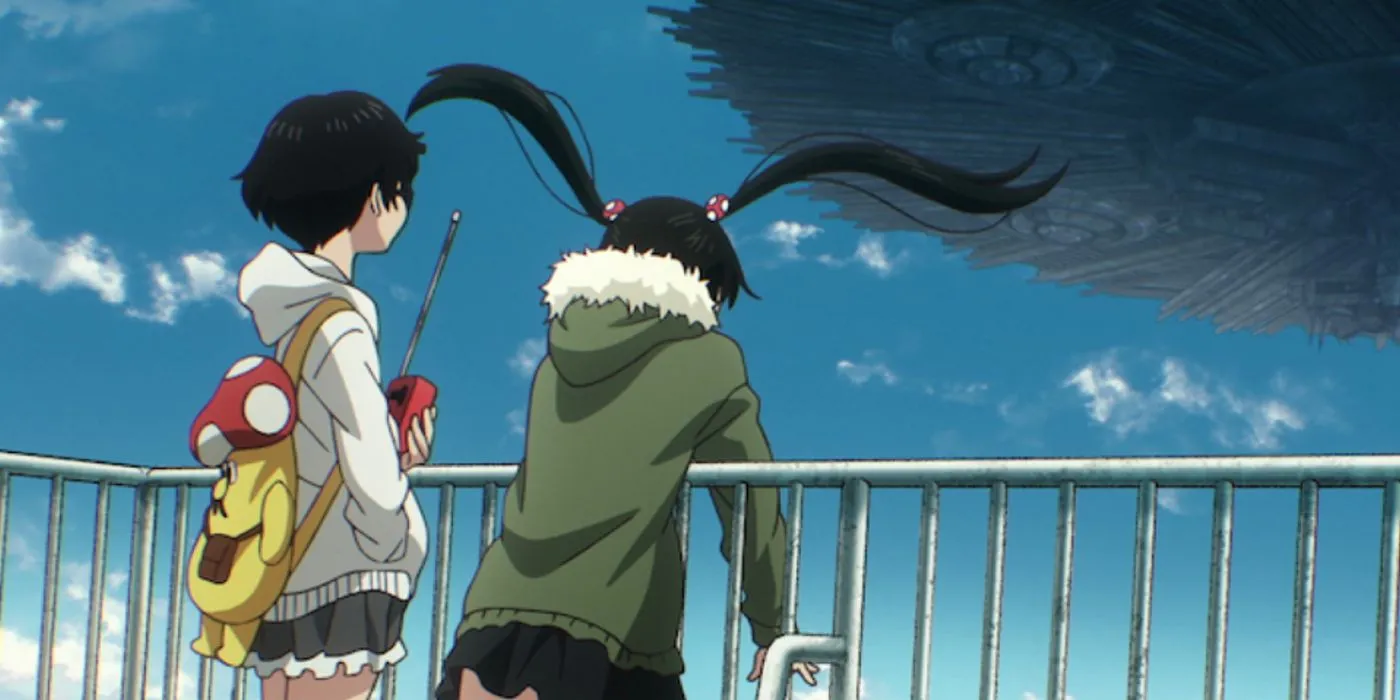
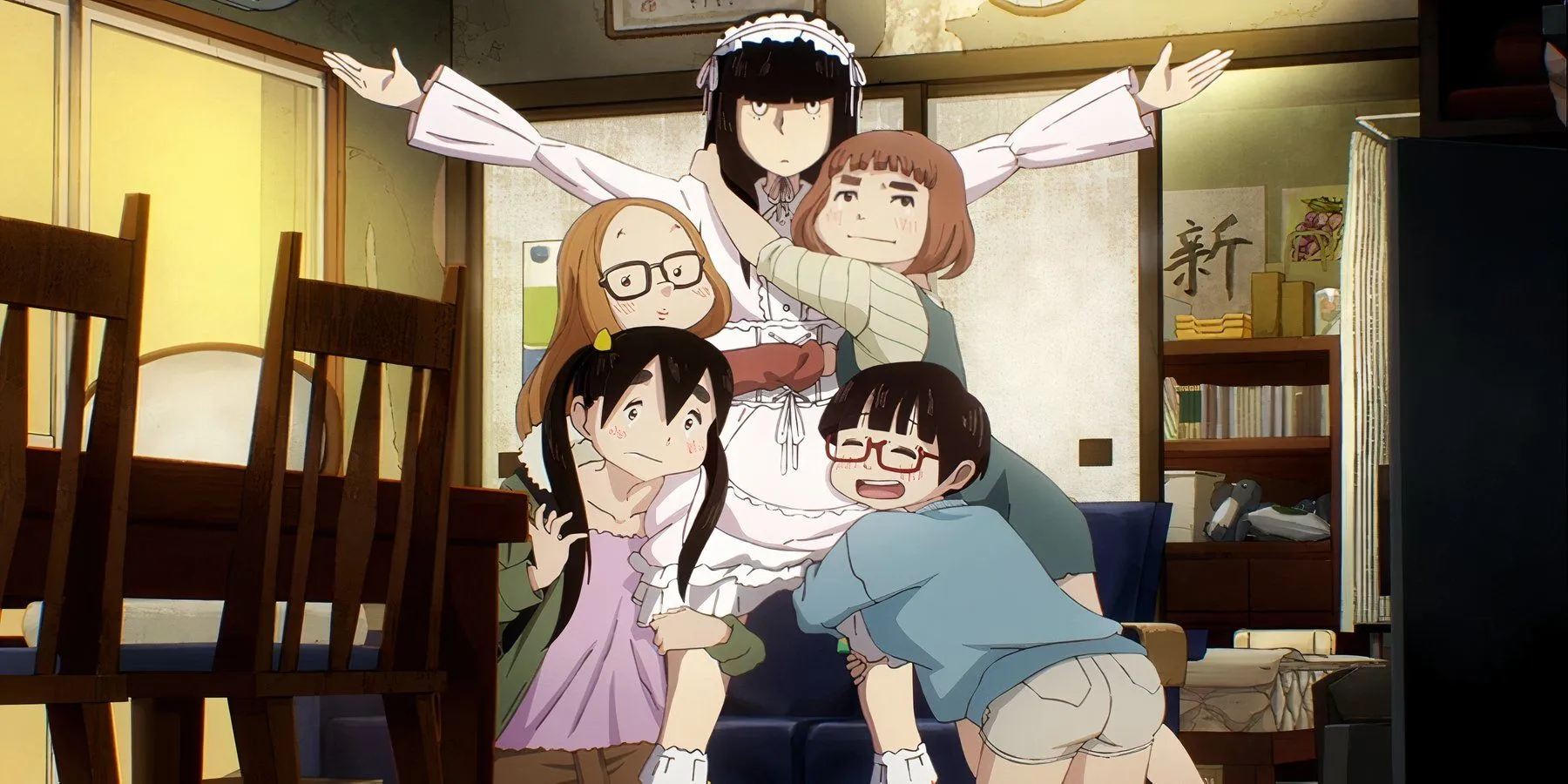
On the surface, Dead Dead Demon and Doraemon might seem to occupy opposite ends of the narrative spectrum. Yet, both stories share a focus on how the extraordinary disrupts ordinary life, whether it’s through the antics of a cheerful robotic companion or the looming threat of an alien mothership. While Fujiko F. Fujio’s whimsical approach to sci-fi is pivoted by Asano into a more foreboding narrative, the presence of advanced technology—military drones, alien devices—acts as a dark mirror to Doraemon’s playful gadgets.
Both tales resonate with young protagonists striving to grasp a future that feels increasingly uncertain. While Nobita’s journey is facilitated by Doraemon’s optimistic tools, Kadode and Ontan contend with an environment where hope is scarcer. Asano has articulated that his work reflects the feelings of teenage disillusionment and dread about the future, which stands in stark contrast to the hopeful narratives found in Doraemon. Moreover, those attuned to details will find an intriguing tidbit: the main characters’ names—Kadode, Ontan, Oran, Ai, and Nakagawa—can be rearranged to form “Dorae Mon,” a clever homage subtly woven into the narrative.
Exploring Dead Dead Demon’s Dededede Destruction does not require prior familiarity with Doraemon. Its compelling blend of teenage angst, eerie sci-fi, and incisive social commentary offers a standalone experience. Yet, awareness of the legacy it subtly engages with enhances its richness. Amid a landscape dominated by loud successes like Dandadan, perhaps it’s time to give Dead Dead Demon another attentive glance.

